77 F. high in the Twin Cities Thursday.
83 F. average high on July 2.
74 F. high on July 2, 2014.
July 2, 1989: Softball sized hail near Dorset, and baseball sized hail at Nevis in Hubbard County.
July 2, 1972: Freezing temperatures at Big Falls in Koochiching County. Source: MPX NWS.
Thanksgiving in July"Freedom is nothing but a chance to be better" wrote Albert Camus.
For meteorologists the
4th of July,
America's star-spangled birthday bash, is a
weather-accident-waiting-to-happen. Many years it rains, some years it
storms; according to Dr. Mark Seeley data since 1891 suggests that the
4th of July is Minnesota's wettest holiday.
People
have long memories when holiday forecasts go south. I'm still reminded
of an especially egregious (borderline wretched) forecast I made in
1978, while still in college. I predicted drizzle for the 4th. It rained
(hard) for 8 hours. Picnics and fireworks were washed out, inundated. I
think there were reports of flooding. The very definition of a busted
forecast, and on a day when EVERYONE wanted to be outside. I'm still
reminded of that bust when I see old weather-buddies in Pennsylvania.
Life is a cruel teacher.
With luck I won't be experiencing flashbacks this weekend. Models keep us dry into most of
Sunday;
highs in the 80s, a dash of humidity to make the lake more inviting, a
southerly breeze at 10-15 to lure sailors. As good as it gets in early
July - or any month.
We are lucky. The western USA is enduring fires and record heat. So is Europe. Paris hit 103.5F
on Wednesday.
Long-range guidance shows us finally heating up the latter half of July. Remember the 90s?
July 4th: Historically Minnesota's Wettest Holiday. Here's an excerpt from the
Minnesota Climatology Working Group: "
Looking
back at records dating to 1873 for the Twin Cities, the average high
and average low for Independence Day are 82.4 degrees F and average low
of 62.6, respectively. 2012 came in as the warmest July 4th on record at
101 degrees, this was a part of an extremely warm early July.
1967 recorded the lowest high temperature at 58 degrees, which was the
last time the high temperature has dipped below 70 degrees. Although
recent July 4th's tend to have warm and mostly dry, Mark Seely mentions
on the June 28th 2013 WeatherTalk that it is the rainiest holiday in Minnesota looking back to 1891..."
A Few Minnesota Towns Experienced A Top-10 Wettest June. Here's an excerpt from Mark Seeley's latest installment of
Minnesota WeatherTalk: "...
On
a statewide basis June rainfall was near normal as well, but within the
observational network were some individual daily record values. Some
of these included 2.16" at Litchfield on the 4th, 2.45" at Theilman and
4.50" at Melrose on the 7th, and on the 22nd Lamberton reported a record
2.59", Austin a record 2.41", and Albert Lea a record 3.30".
As far
as total June rainfall, Melrose (7.99"), Albert Lea (9.09"), and Austin
(7.52") reported values that were among the 10 wettest Junes
historically..."
Smoke and Thunder.
That hazy, smoggy-looking L.A. sky out there is the result of hundreds
of fires stretching across central and western Canada into Alaska,
prevailing winds aloft pushing that plume of smoke into the USA. A few
T-storms bubbled up in the Red River Valley late Thursday and an
isolated T-shower or two can't be ruled out over central and northern
Minnesota and Wisconsin later today. Visible imagery from Thursday: NOAA
and AerisWeather.
A Well-Timed Cool Front.
GFS guidance shows the bulk of any showers and T-storms coming Sunday
night into Monday morning, and after cooling off a bit next week the
model pushes a hotter, stickier front into the Upper Midwest by the end
of next week. We may yet get a taste of the heatwave gripping much of
the western USA. Model guidance: NOAA.
Easing Into July.
Considering the next 2-3 weeks are, historically, the hottest time of
the entire year we should be happy/relieved to see 70s for highs much of
next week. 80s are likely today into Sunday; Sunday night's frontal
passage sparks thunderstorms, followed by a cooler, drier, more
comfortable northwest breeze Monday into the middle of next week.
Source: Weatherspark.
Vague, Early Hints Of A Hotter Front.
Yesterday 500 mb upper air forecasts from the GFS model were hinting at
a closed low near Hudson Bay keeping the core of the jet stream
unusually far south for mid-July. Today's solution shows the jet finally
lifting north with weak ridging pushing across the Plains. We're due
for a real taste of summer and it may be brewing for the latter half of
July.
Maximum Estimated Hail Size from Monday's Hailstorms.
Thanks to AerisWeather meteorologist D.J. Kayser for tracking the most
extreme hailers on Monday; 2"+ hail (close to golfball size and large
enough to cause considerable damage) from Plymouth into Maple Grove,
Fridley to Forest Lake and much of the north metro.
Soaring Temps In Pacific Northwest Shattered Records. Here's the intro to a
Climate Central summary: "
Scorching
temperatures above 110°F are more often associated with the stark
landscapes of places like Death Valley than the cooler reaches of the
Pacific Northwest. But a suped-up heat wave has left parts of Washington
feeling much more like the desert Southwest and has shattered
longstanding high temperature records
in many spots. The searing heat even broke the all-time state
temperature record for the month of June, with two locations — Chief
Joseph Dam and Walla Walla — both hitting 113°F on Sunday, when the
event peaked, according to the National Weather Service office in
Spokane..."
Image credit above: "
Swaths of red mark where temperatures soared in the Pacific Northwest during an unusually intense early summer heat wave." Credit: earth.nullschool.net.
Record Heat Around The U.S, World. Here's an excerpt of a good summary of recent heat records and the trends from Climate Nexus: "...A study published in Nature in June found that the weather patterns that cause heat waves like the one in the Northwest have become more common in recent years, consistent with a line of research connecting the global warming-induced melting of the Arctic with unusual mid-latitude weather patterns, the result ofchanges in the jet stream. The relationship between extreme heat and climate change is well established:
- The IPCC states that the frequency and duration of heat waves worldwide have increased since 1950.
- Over the past 30 years, the geographic area experiencing extreme summer heat has increased by more than ten-fold.
- Climate change made Russia’s 2010 heat wave five times more likely to occur.
- Record breaking high temperatures have outnumbered lows in the US by two to one. (National Climate Assessment, Ch. 2 figure 2.7, shown below)..."
* Graphic credit above:
AerisWeather.
Heat Stroke in Motor Vehicles.
Here's a portion of a research paper abstract focused on heat stroke
and vehicles, specifically as it relates to children. Every year there
are tragic stories of kids left in hot cars "only for a few minutes",
but long enough to take their lives. Here's an excerpt from the AMS, the
American Meteorological Society: "
Since
1998 over 605 children in the United States have died from hyperthermia
(i.e., heat-stroke) in motor vehicles. When these incidents occur, the
broadcast meteorologist, often in his role as station scientist, will be
asked questions like “how hot might it have gotten inside that
vehicle”, “how frequently do these events occur around here”, “when was
the last we had such an incident” or “what can be done to prevent these
tragedies?” This paper will provide the necessary background information
to answer those queries, and even more importantly information which
can be used proactively to prevent these types of deaths. Heatstroke
occurs when the body temperature reaches approximately 104 degrees F,
often followed by death if the body temperatures rises to 107 degrees or
greater. The problem is exacerbated when children are involved because
their body temperature rises at a rate 3 to 5 times faster than adult's..." (Image credit above:
Huntsville, Alabama office of the National Weather Service).
Unprecedented June Heat On Four Continents; Wimbledon Roasts in Record Heat. 98.1F in London yesterday? Jeff Masters at
Weather Underground takes a look at scorching heat, now proving deadly - here's an excerpt: "...
We've
already seen two of the planet's top ten deadliest heat waves in
history over the past two months; the Pakistani government announced on Wednesday
that the death toll from the brutal June heat wave in Pakistan's
largest city, Karachi, had hit 1,250. According to statistics from EM-DAT,
the International Disaster Database, this makes the 2015 heat wave in
Pakistan the 8th deadliest in world history. The heat wave that hit
India in May, claiming approximately 2,500 lives, ranks as the 5th
deadliest..."
The West Is Literally On Fire And The Impacts Could Be Widespread. Here's a snippet from an article at
ThinkProgress: "...
The biggest threat from wildfire smoke comes from the fine particles
present in the smoke, which can enter into the lungs through the eyes,
mouth, and nose, or aggravate preexisting health conditions like lung or
heart disease. In 2007, during a period of sustained wildfires near San
Diego, six area hospitals saw a 25 percent increase
in respiratory syndrome diagnosis, and a 50 percent increase in asthma
diagnoses. As climate change accelerates snowpack loss across the West
and drives up temperatures, wildfire seasons are expected to increase in
length, with wildfires becoming more numerous and potentially more
intense. That means more days of the year where communities could be
exposed to lowered air quality due to wildfire smoke..."
Photo credit above: "
In
this Sunday, June 28, 2015 photo provided by The Wenatchee World, a
Chelan County Sheriff's deputy races to check that all residents have
left their home as flames approach houses at Quail Hollow Lane in
Wenatchee, Wash. A wildfire fueled by high temperatures and strong winds
roared into the central Washington neighborhood, destroying properties
and forcing residents of several hundred homes to flee, authorities said
Monday." (Don Seabrook/The Wenatchee World via AP)
Scorched Earth Is Big Concern In Alaska Wildfires. The rate of burn for northern fires is unprecedented in the last 5,000 years, according to a post at
Climate Central. Here's an excerpt: "...
For
all the drama of trees lighting up like matchsticks, it’s what lurks
below the forest that could be a major wildcard for future warming.
Large reserves of peat make up a large portion of the soil, swamps and
bogs in the northern reaches of the globe. Flannigan refers to it as
“legacy carbon,” an accumulation of centuries of plant matter that
sequesters vast amounts of carbon from the atmosphere.
Despite covering slightly less area than tropical forests, boreal
forest soil stores three times as much carbon as its tropical
counterpart. They currently operate as carbon sinks, taking up more
carbon than they emit each year. Wildfires could flip the script,
though, turning boreal forests into sources of carbon emissions as fires
burn through the vast reserves of carbon locked in the trees and soil
(something already happening in California). If that happens, it could rapidly warm the climate..."
Image credit: "
Smoke from fires in western Canada is steered south into the U.S. by the jet stream in a satellite image acquired June 29, 2015". Credit: NASA Earth Observatory
Heat Dome Parked Over West Shatters Temperature Records, Sets Fires. Andrew Freedman has a good overview at
Mashable; here's an excerpt: "
The
West is baking under a heat dome that has sent temperatures soaring to
historically high levels, further drying out soils and priming the
region for fast-spreading wildfires. The heat wave is noteworthy for its
severity, extent and duration. During the past seven days alone, 465
warm temperature records have been set or tied across the country,
mainly in the West, with 49 monthly warm temperature records set or
tied, according to the National Center for Environmental Information in
Asheville, North Carolina..."
Photo credit above: "
A plane drops a load of retardant on a wildfire north of Lompoc, California, Monday, June 29, 2015." Image: Len Wood/Lompoc Record via AP/Associated Press.
Midwest Flood Risks Could Be Underestimated By Five Feet, Study Says. "Average" is changing over time, according to a story at
The Washington Post; here's an excerpt: "...
Robert
Criss, author of the study and a professor at Washington University in
St. Louis, warns that measurements for flood risk are "grossly
inaccurate" because they are based on decades-old data and do not
account for changes to watersheds, man-made river control systems and
rising rivers due to climate change. Rivers throughout the area, his
study suggests, are swelling to record highs every year, skewing
longstanding conceptions of flood risk, sometimes from as early as the
mid-1800s..."
FEMA Does Not Know If 750,000 Homes Are Flood-Prone. Other than that things are going quite well.
Scientific American has the story; here's the intro: "
The
nation's flood insurance program doesn't know the elevation of 750,000
high-risk homes with discounted policies, according to the National
Research Council. The omission could complicate efforts to phase out
subsidized insurance rates in the National Flood Insurance Program, said
researchers who contributed to a technical report that suggests the program needs to modernize the way it collects data and sets rates..." (File photo: USGS).
Hawaii Just Became The First State To Ban Plastic Bags at Grocery Checkouts. We can only hope this trend catches on nationwide - because plastic is (almost) forever. Here's an excerpt from
Huffington Post: "
As
of Wednesday, grocery stores across the entire state of Hawaii are
banned from distributing plastic bags. The City and County of Honolulu
-- which covers the entirety of Oahu, Hawaii's most populated island --
is now enforcing a ban that prohibits stores from handing plastic bags to customers at checkout,
making Oahu the last populated island in the state to give the bags the
boot. Hawaii is the first state to fully ban plastic bags at grocery
stores..."
"Addiction Is Not A Disease". Here's an excerpt of a book review and a potentially new way of looking at addiction, courtesy of
Salon: "...
One of those neuroscientists is Marc Lewis, a psychologist and former addict himself, also the author of a new book “The Biology of Desire: Why Addiction is Not a Disease.”
Lewis’s argument is actually fairly simple: The disease theory, and the
science sometimes used to support it, fail to take into account the
plasticity of the human brain. Of course, “the brain changes with
addiction,” he writes. “But the way it changes has to do with learning
and development — not disease.” All significant and repeated experiences
change the brain; adaptability and habit are the brain’s secret
weapons. The changes wrought by addiction are not, however, permanent,
and while they are dangerous, they’re not abnormal..."
You Could Buy Your Own Personal Jetpack by 2017. Bingo. Santa, I only have one thing on my list. Here's an excerpt from Quartz: "The future is nearly here. Jetpack maker Martin Aircraft has announced
that its first jetpacks—aimed at first responders for use in search and
rescue missions—will be ready for delivery in the second half of 2016,
and that its “personal jetpacks” for the consumer market will be ready
for use by the middle of 2017. The company’s P12 jetpack has a maximum
speed of 74 kilometers per hour (46 miles per hour) and can rise up to
3,000 feet (900 meters)..." (Image credit: Martin Aircraft).
Watching Grass Grow. Bored? Looking for internet stimulation, maybe a jolt of inspiration? Head over to
watching-grass-grow.com, which leaves nothing to the imagination. A delightfully useless web site.
TODAY: Partly sunny, isolated T-storm north. Winds: SW 5-10. High: 81
FRIDAY NIGHT: Partly cloudy. Low: 64
4TH OF JULY: Warm sunshine, dry. Winds: SW 10. High: 85
SATURDAY NIGHT: Warm and sticky - still dry. Low: 68
SUNDAY: Sticky sun, T-storms at night. Winds: S/SW 10-20. High: 86
MONDAY: AM T-showers, slow PM clearing. Wake-up: 69. High: near 80
TUESDAY: Sunny, just about perfect with lower humidity. Wake-up: 62. High: 76
WEDNESDAY: Partly sunny, still dry and comfortable. Wake-up: 58. High: 77
THURSDAY: Sticky, a few stray T-storms. Wake-up: 60. High: 80
* to see a live video stream from the ISS, the International Space Station, check out
Urthecast.
Climate Stories...
Candidates Should Show Honesty, Courage on Climate Change. Here's an excerpt of an Op-Ed from Bishop Richard Pates at
The Des Moines Register: "...
Iowans
are off to a good start in finding solutions. Twenty-eight percent of
the energy Iowans use is generated by the wind, a clean energy source.
The wind industry is growing, providing jobs and proving a critical
consideration that it's possible to have successful business development
while protecting the environment. But we can do more to protect our
environment. We will be in a better relationship with the Creator if we
are in a better relationship with His Creation. With presidential
candidates already visiting us regularly, I encourage Catholics across
our state, and all people of good will, to talk to them and ask not if,
but how, they plan to work toward solutions to climate change..."
Everything You Think You Know About Republicans and Climate Change is Wrong. Can
free-market solutions acceptable to conservatives bridge the gap and
point us toward consensus? We'll see. Here's an excerpt from
Huffington Post: "...
But
what if there were a solution in harmony with the conservative values
of less government and doing things that grow the economy, a
market-friendly approach that doesn't dictate which technologies win or
how we should conduct our lives? Such a solution exists with Carbon Fee and Dividend,
the policy I described earlier. By returning all revenue from the
carbon fee to households, we accomplish two things: We keep the federal
government from getting bigger, and we add jobs by putting money into
the pockets of people who will spend it..."
More Evidence That Global Warming Is Intensifying Extreme Weather. Here's an excerpt of an article at
The Guardian from St. Thomas professor and climate scientist John Abraham: "...
They
separated changes in circulation from changes in thermodynamic effects.
What they found is that most regions have seen increases in summertime
warm temperatures in the past three decades. Furthermore, they found
that in some regions, a large part of this trend is due to the increases
in anticyclonic circulation and atmospheric blocking. The blocking that
has been associated with extreme swings of weather (bringing very warm
weather to the Western USA and simultaneous cold weather to the east for
instance)..."
Alaska Glaciers Melting Faster As Planet Overheats. Here's an excerpt from
rtcc.org: "...
He
and his colleagues calculated that Alaska is losing ice at the rate of
75 billion metric tons a year. Such research is just one more piece of
careful cross-checking in the great mosaic of climate research: another
systematic confirmation that overall, glaciers are not losing ice in
response to some natural cycle of change of the kind that occasionally
confuses the picture for climate science. The agency at work is largely
global warming as a response to the steady rise in atmospheric carbon
dioxide as a consequence of the burning of fossil fuels..."
Photo credit above: "
Alaska’s Columbia glacier is almost 20 kms shorter than it was in 1980." (Wikimedia Commons/ US Fish and Wildlife Service).
Love Thy Planet: Pope Francis' Bully Pulpit On Climate Change. Here's an excerpt of an Op-Ed from the Editorial Board at
The Pittsburgh Gazette: "...
Even
to the pope’s supporters, his attacks on capitalism may seem excessive.
His observations on technology and social organization sometimes are
reminiscent of Cold War-era doomsday prophecy. But no one should expect
Pope Francis, or any other individual, to have all the answers. With
this encyclical, he has brought greater attention to the danger that
global warming poses to humanity and called on people to respect and
sustain the planet they share."
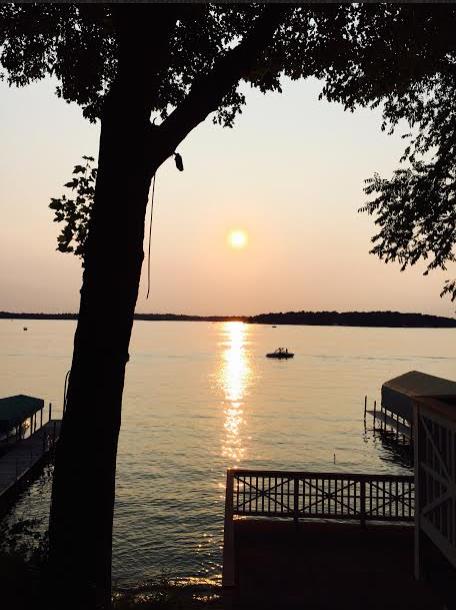
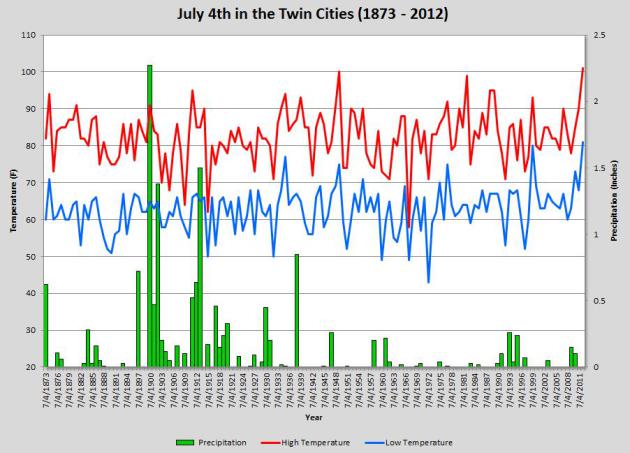
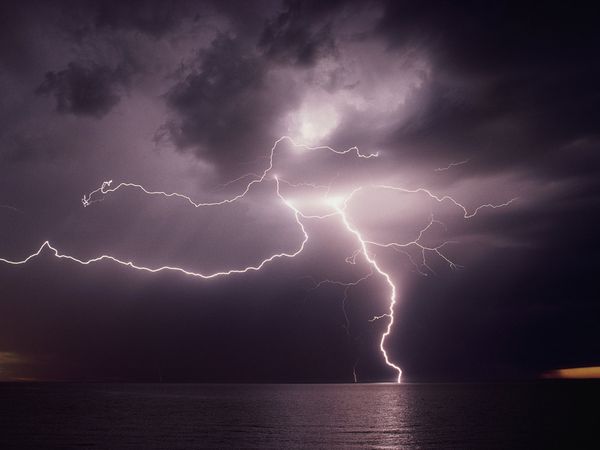
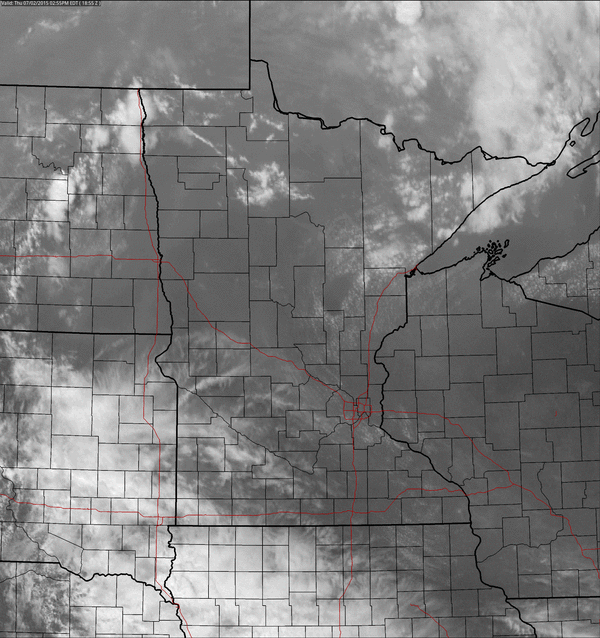
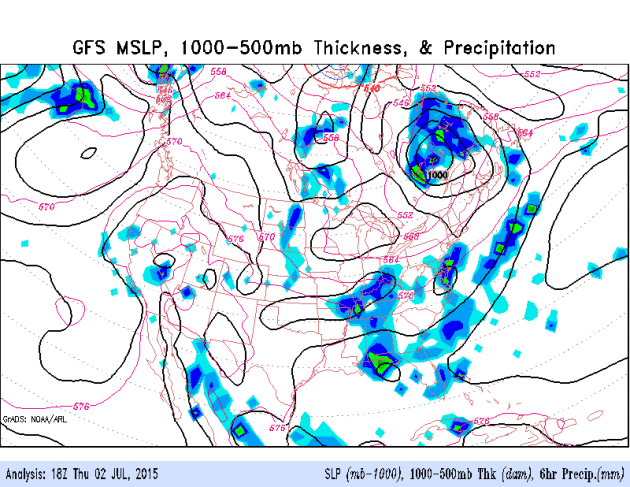
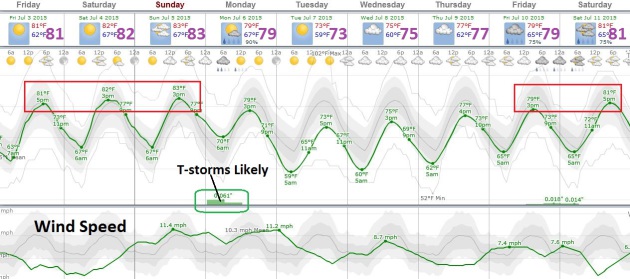

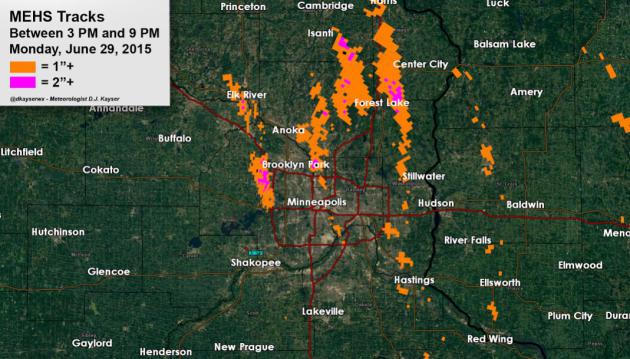
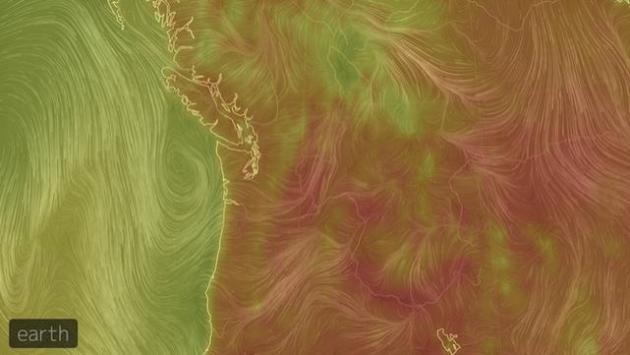
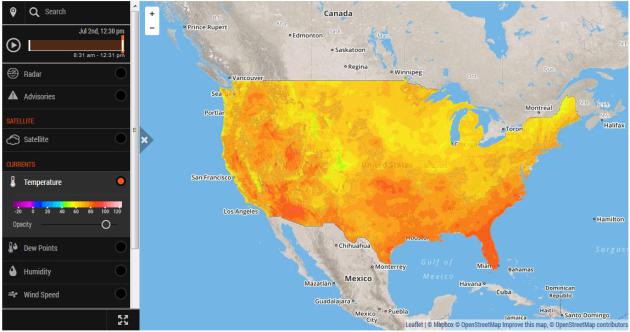
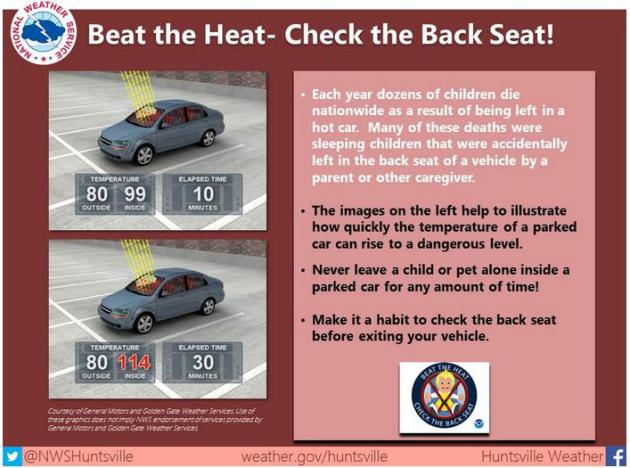
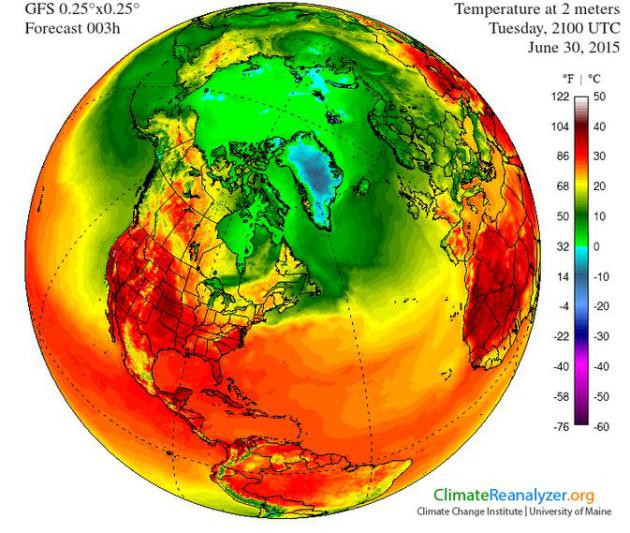
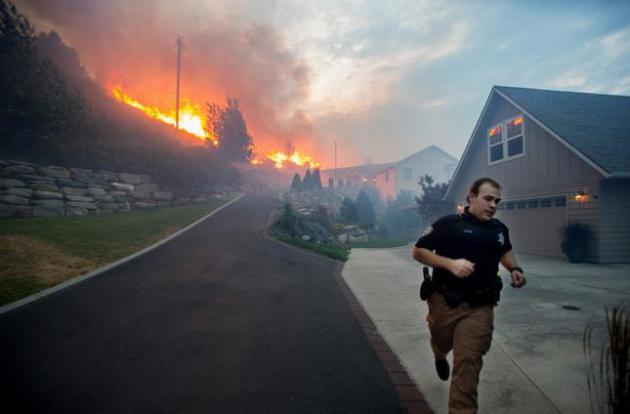
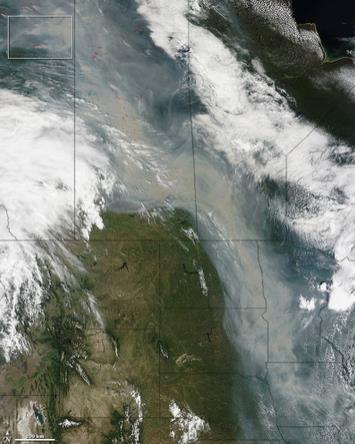
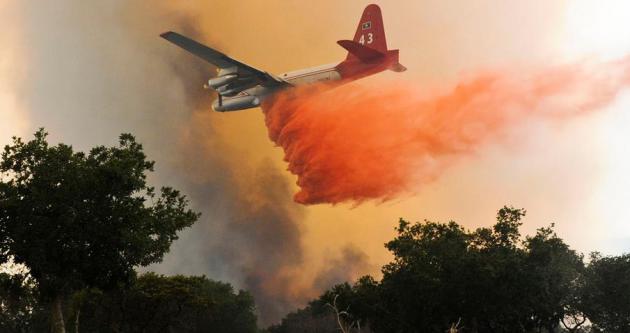
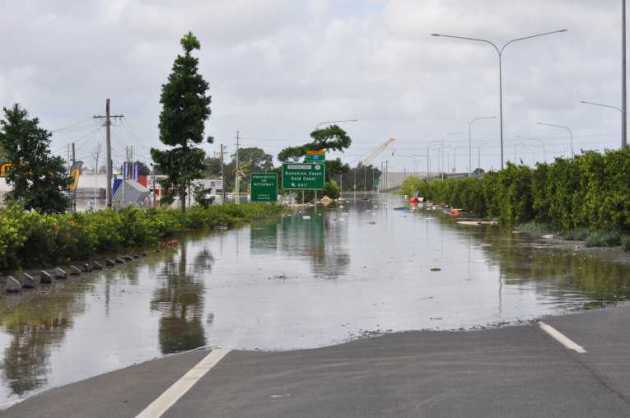
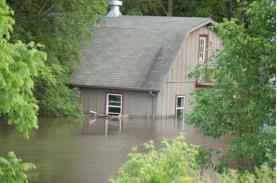
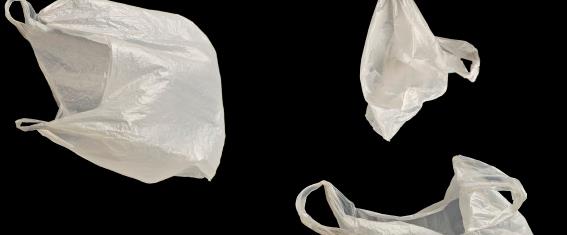


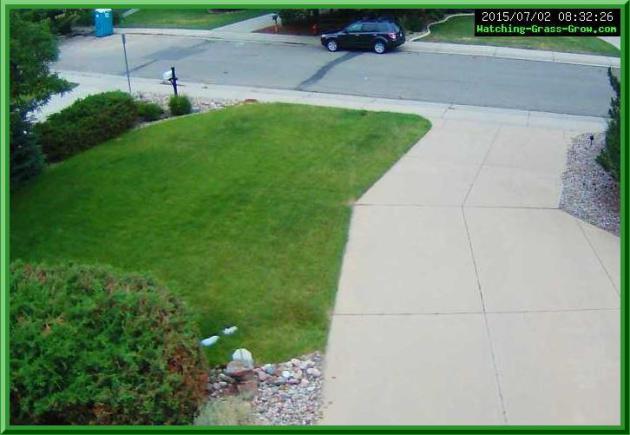
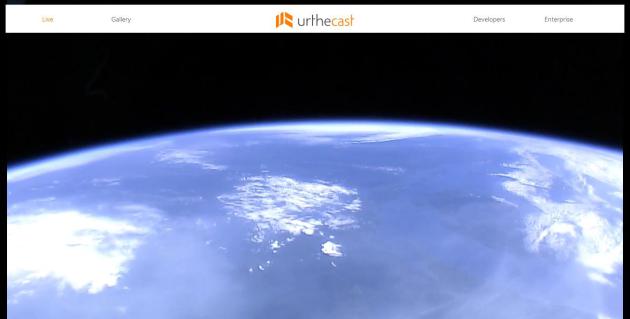

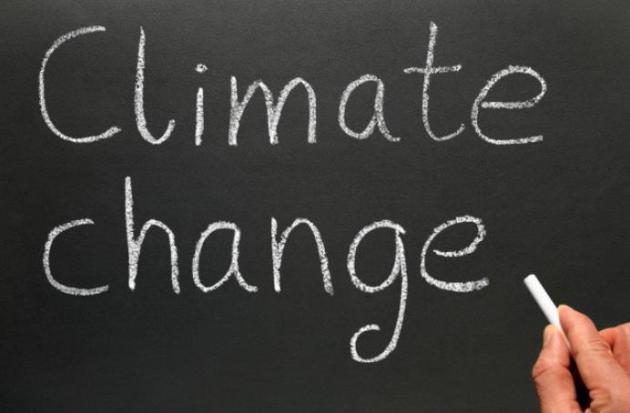

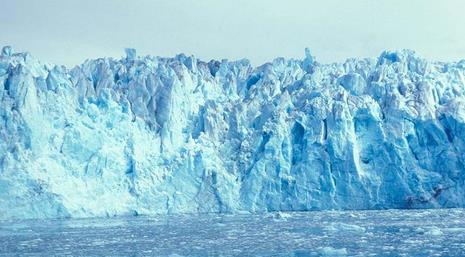
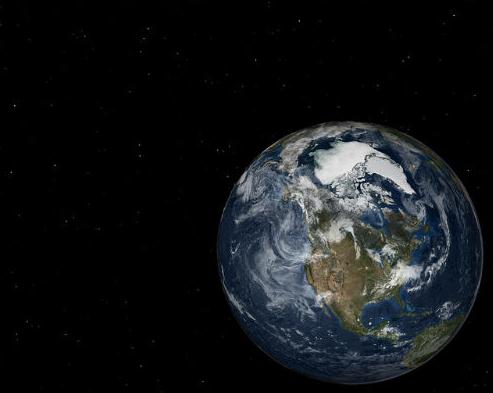
No comments:
Post a Comment